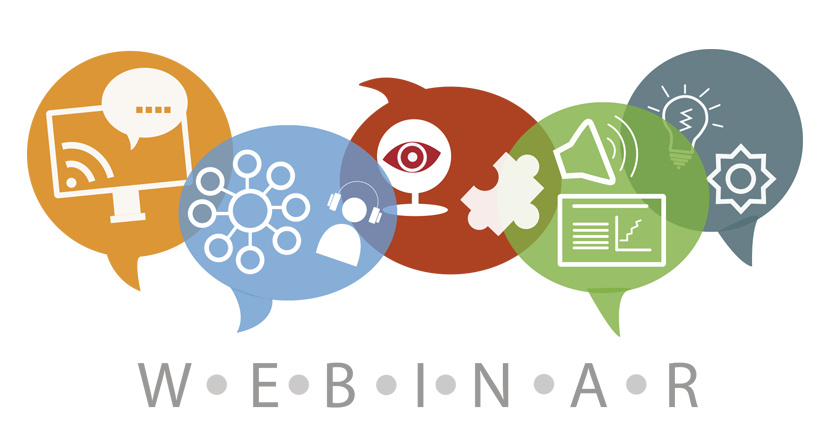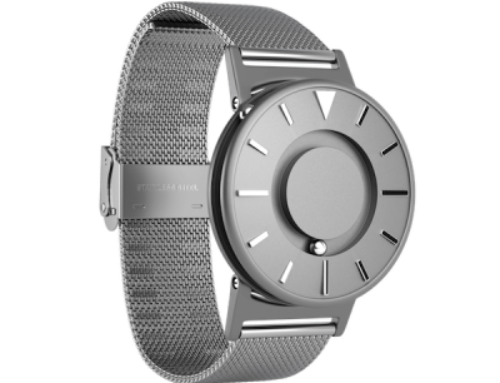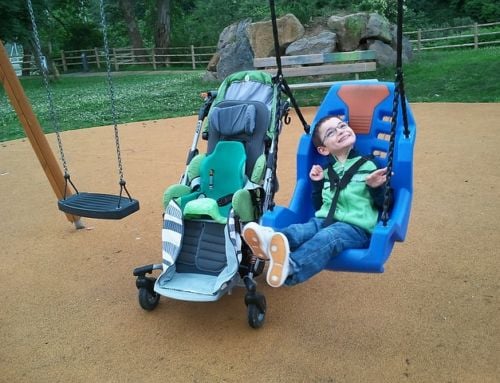The ADA’s Legacy for the U.S. Capitol (and AT!)
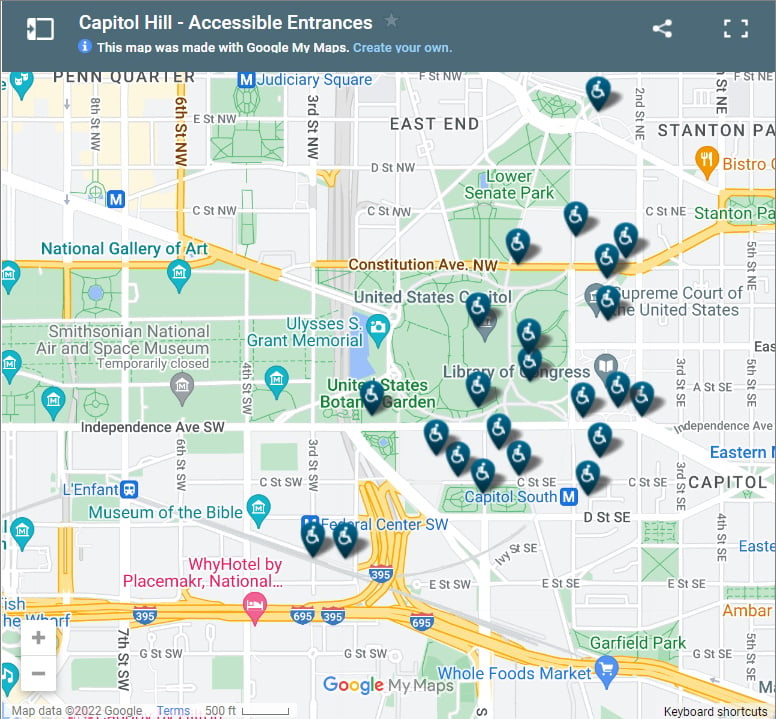

Happy Anniversary to the Americans with Disabilities Act! #DisabilityPride
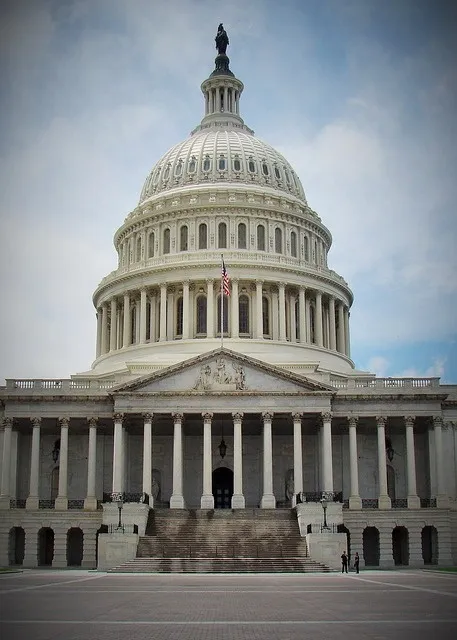
Thirty-two years ago this month, ADAPT activists abandoned their wheelchairs at the foot of the US Capitol to crawl up its steps and demonstrate the need for the Americans with Disabilities Act (ADA). At the time, the steps were the only means of access to the legislative branch of the US government.
The “Capitol Crawl” is now an iconic moment in US civil rights history. Other protests for the ADA took place in Washington DC that week and, as with previous movements, demonstrators were arrested for acts of civil disobedience. These arrests, however, furthered ADAPT’s message. At the time, most courthouses, jail cells, and even elevators were inaccessible to wheelchair users.

“The Story of ADAPT Trailer“
Inside the Capitol, Senator Tom Harkin testified in support of the ADA. Charles Carr, then a vice president of the National Council for Independent Living (NCIL), was there and remembered it for the Massachusetts AT Act Program (MassMATCH) newsletter in 2010: “When Tom Harkin testified you could hear a pin drop.” Carr recalls Sen. Harkin silently testifying for more than ten minutes using American Sign Language. (Harkin has a Deaf brother.) “And then he stopped and said, ‘Now you know what it’s like to not understand a single thing that’s being discussed like a Deaf person does when they don’t have access to a sign language interpreter.’ It was a stunning moment.”
When President George H. W. Bush signed the ADA into law on July 26th, 1990, a new chapter began in the United States filled with promise for persons with disabilities. The ADA made accessibility a civil right. It ensures all persons with disabilities have equal access to goods and services, public accommodations, employment, transportation, and other areas of public life.
Since the ADA’s passage, assistive technology has advanced in leaps and bounds. The ADA created an expectation for access that, Carr has said, “drove the marketplace, and it drove AT.” Before the ADA, AT was slow to develop, costly, and without a payment mechanism. “But as we came up to the ADA and post ADA, the market forces exploded, and you saw incredible advances in assistive technology.”
Last year, AT3 Center reflected on these technology advancements that now make ADA Titles I through IV easier to achieve. However, the best testament to the impact of the ADA and the role assistive technology has played is likely found at the U.S. Capitol and its Visitors with Disabilities | U.S. Capitol Visitor Center webpage.
Below is a bulleted list of accommodations pasted directly from visitthecapitol.gov. AT3 Center has added bolded explanatory links to the assistive technology the Capitol provides (and more descriptive link text as necessary, sigh). Not reproduced here is the information the webpage includes about an on-demand shuttle service that is available for manual wheelchair users and others who need mobility assistance. The webpage also concludes with an embedded Google map of “Accessible Entrances on Capitol Hill” that, considering the Capitol Crawl history, tells a powerful ADA story. (The image above is a screenshot of that dynamic map.)
From the U.S. Capitol Visitor Center webpage:
- All public tours of the Capitol are accessible. The Office of Congressional Accessibility Services (OCAS) can provide tours specifically designed for visitors with disabilities. For information about these tours or any accessibility questions, please call OCAS at 202-224-4048.
- Listening devices with audio description of the orientation film are available at the Information Desks in Emancipation Hall.
- T-coil receivers [better known as “neckloops,” “audio induction loops,” or “hearing loops“] for use on the tour are available after the conclusion of the orientation film. Request them from Capitol Visitor Center staff once you exit the theater. Standard assisted listening devices are also available. Visitors should check manufacturer product information if they are uncertain if their individual hearing aid is compatible with MyLink t-coil receivers.
- An ASL tour of the Capitol is available here.
- Sign language interpretation for tours is available when booked in advance. Email Interpreters@saa.senate.gov. All films have open captioning.
- Family Restrooms are available throughout the Capitol Visitor Center.
- Service animals are allowed in the Visitor Center and the Capitol.
- A public TTY is located near one of the gift shops on the Upper Level.
- Copies of all Capitol Visitor Center brochures in alternative formats (large print, braille, HTML) are available at the Information Desks.
- Emergency evacuation information for visitors with disabilities is available here.
- Additional information on accessibility in the Capitol and the House and Senate Office Buildings is available at the Architect of the Capitol’s Web site here.
- Both the Senate and House have accessible Galleries which include televisions with closed-captioning, as well as assistive listening devices (ALDs). In addition, the Senate has informational materials available in alternative formats.
Happy birthday ADA!
Monthly Blog Digest
Search the blog
State AT Program Blogs
California
Florida
Indiana
Kentucky
Louisiana
Maryland
Massachusetts
Michigan
Montana
North Carolina
North Dakota
Utah
State AT Program Blogs
The AT3 Center, the Association of AT Act Programs (ATAP), and the Administration on Community Living (ACL) make no endorsement, representation, or warranty expressed or implied for any product, device, or information set forth in this blog. The AT3 Center, ATAP, and ACL have not examined, reviewed, or tested any product or device hereto referred.


